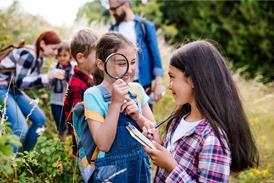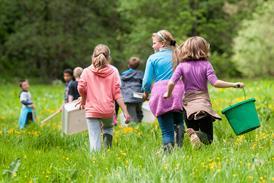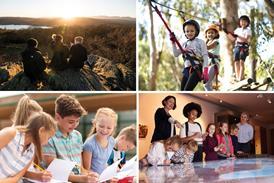St Fagans Museum in Wales has undergone a £30 million redevelopment which has resulted in new learning spaces and the opportunity for schools to stay overnight.
 M.jpg)
Visitors and schools are being encouraged to ‘be part of history’ following the redevelopment of St Fagans National Museum of History, based on the outskirts of Cardiff.
The six-year project has involved development of a variety of areas of the museum plus the addition of new spaces and three new galleries.
Developments at St Fagans
There will be new spaces for learning and collections research within the Weston Centre for Learning, which has reportedly already welcomed more than 60,000 pupils and students since it first opened in in September 2017.
Three new galleries combining Wales’ social history and archaeology collection will open, including ‘Wales is…’, a window into 230,000 years of human life in Wales; ‘Life is…’, where visitors can explore how countless generations have dressed, prepared food, worked, played and mourned; and ‘Gweithdy’, a purpose-built gallery which celebrates the skills of generations of makers.
The refurbishment also features a completely renovated main entrance building which includes a new covered courtyard, new restaurant and improved visitor facilities, making the museum an all-weather destination.
Llys Llywelyn, a Medieval Prince’s Court, based on archaeological evidence from Llys Rhosyr on Anglesey, will open and depict 13th century royal Welsh life. This new area will also provide a sleepover facility for school pupils.
Yr Iard, a play area inspired by the historic buildings at St Fagans will provide a space for creative play, for pupils to jump, climb and swing.
Finally the Bronze Age Barrow, which was developed with local Secondary school pupils, will provide further insight into people’s lives and identities.
School information
School visits are suitable for all Key Stages and can involve sleepovers, workshops, tours and talks.
Online resources are also available for teachers to downloads prior or after a visit to complement their trip.
For more information, visit www.museum.wales/stfagans.









